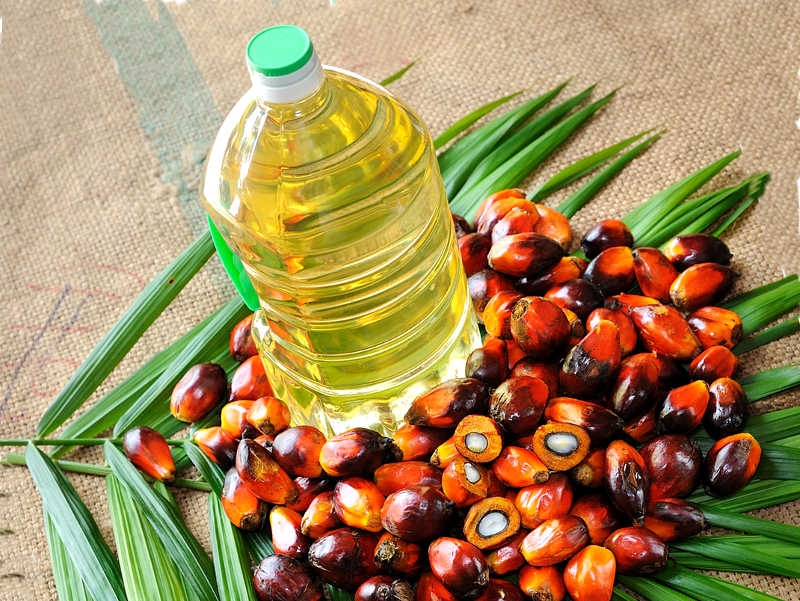Nepal-India Trade 2025/26: Palm Oil and Jute Goods See Triple-Digit Growth

Nepal’s trade with India has entered FY 2025/26 with extraordinary momentum, driven by surging exports of palm oil and jute goods, both of which recorded triple-digit growth in the first two months of the fiscal year. According to the Nepal Rastra Bank (NRB) Mid-September 2025/26 report, Nepal’s total exports to India reached Rs. 38.35 billion, marking a 139.9% increase compared to the same period of FY 2024/25.
Among the standout performers, palm oil recorded a phenomenal 318.4% growth, with export earnings hitting Rs. 1.36 billion, up from just Rs. 325.7 million a year earlier. This sharp jump reflects a rebound in processing and re-export activities to India, where demand for refined edible oils has surged due to supply constraints in global markets.
Likewise, jute goods maintained their strong upward trajectory with a 61.1% overall rise, totaling Rs. 1.61 billion in exports. Within this category, Hessian jute fabrics rose 43.3% to Rs. 1.02 billion, while sacking jute goods more than doubled (+105.8%) to Rs. 587.9 million — demonstrating strong industrial demand for eco-friendly packaging and material substitutes in India.
While palm oil and jute products led the percentage growth, soybean oil continued to dominate Nepal’s export profile. Shipments of soybean oil to India reached Rs. 20.42 billion, accounting for 53% of total exports to India. The re-export of processed edible oils remains the primary engine of Nepal’s trade performance, driven by favorable duty structures and competitive refining capacity within Nepal.
Several other commodities contributed to the overall trade surge:
- Noodles up 54.8% to Rs. 275.9 million
- Shoes & Sandals up 35.2% to Rs. 488 million
- Ayurvedic Medicines up 30.5% to Rs. 602 million
- Cardamom up 43.9% to Rs. 859.6 million
- Brans up 104.8% to Rs. 98 million
- Vegetables doubled by 100.4%, signaling a gradual rise in agro-based exports
Not all sectors shared in the growth momentum. Tea exports fell 37.4%, zinc sheets plunged 77.6%, and ginger exports dropped 36.8%. Traditional products like copper wire rods (-35.1%) and G.I. pipes (-34.7%) also suffered declines amid slowing Indian industrial demand and higher competition from domestic producers.
NRB’s report underscores a broad-based recovery in Nepal’s external sector, supported by strong remittance inflows (+33%), foreign exchange reserves of Rs. 2.88 trillion (USD 20.41 billion), and low inflation at 1.87%. The Balance of Payments (BOP) remained in a surplus of Rs. 153.7 billion, reflecting overall external stability.
Experts, however, caution that Nepal’s export growth remains heavily concentrated in a few re-export commodities, particularly refined edible oils. To achieve sustainable growth, policymakers are urging for diversification into high-value manufacturing, agri-processing, and service exports to India and beyond.
For almost 30 years of expertise in the agri markets, UkrAgroConsult has accumulated an extensive database, which became the basis of the platform AgriSupp.
It is a multi-functional online platform with market intelligence for grains and oilseeds that enables to get access to daily operational information on the Black Sea & Danube markets, analytical reports, historical data.
You are welcome to get a 7-day free demo access!!!
Read also
Write to us
Our manager will contact you soon



